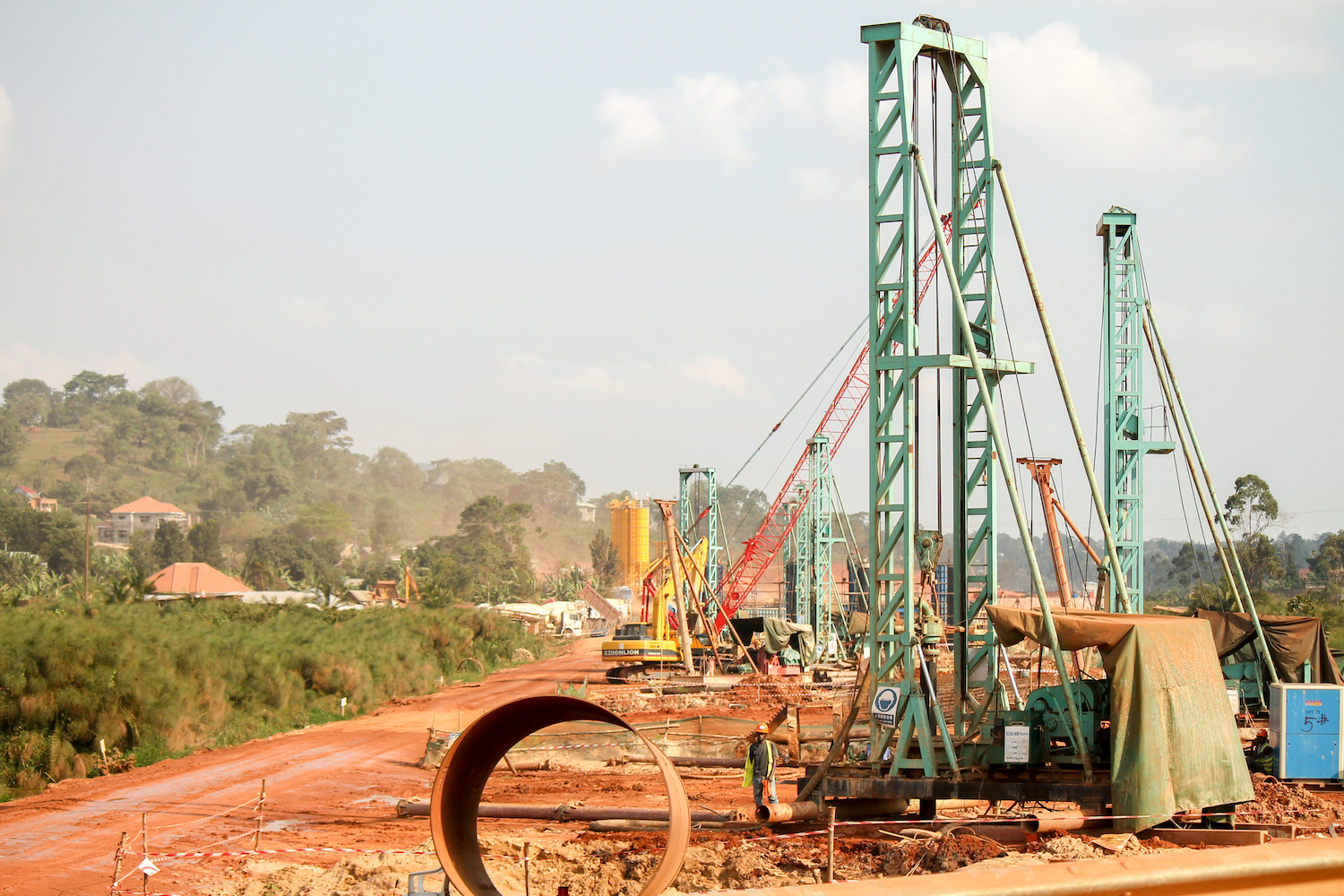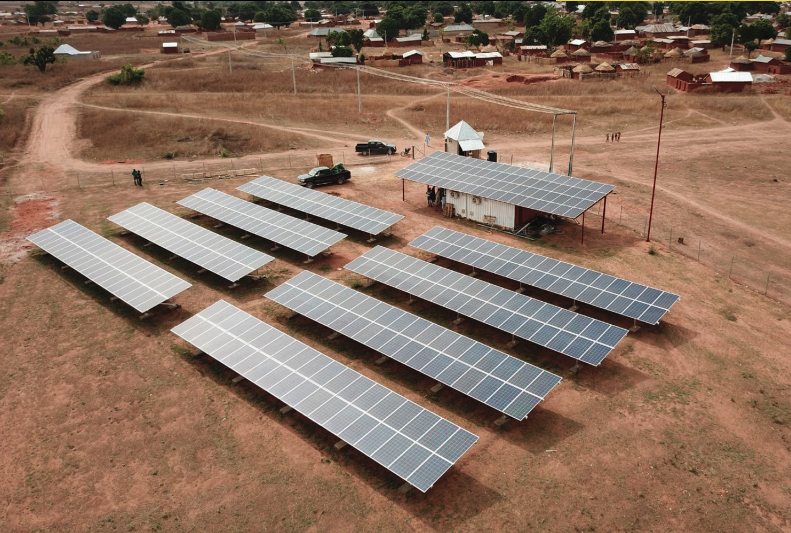Editor’s note: This blog is part of ImpactAlpha’s “Scaling Impact” series, authored by participants in the Catalytic Capital Consortium (C3) Scaling Learning Labs. Key insights have been published in a C3 Guidance Note on scaling (for more, see the executive summary and full report). C3 sponsors ImpactAlpha’s catalytic capital coverage.
When considering catalytic capital investments in emerging markets and specifically Africa, a persistent and material challenge is the need to increase local currency participation in deals. While my expertise, and hence my propositions outlined below, lies in infrastructure, I hope that some of the solutions proposed can encourage catalytic capital providers to recognize the importance of local currency financing and take local currency risk for at least some of their investments. Modeling solutions at a deal level can then also build momentum for policy-level solutions.
Infrastructure is local. Unlike trade, infrastructure cannot be imported, and even if imported it must be operated locally and generates revenues in local currency. However, the financing for most infrastructure projects on the African continent requires foreign currency for various reasons. The available long-term and sometimes patient capital is foreign. The skills, equipment and contracting partners are most times foreign. Therefore, there is a currency mismatch, whereby foreign capital finances local currency receipts for most infrastructure projects (apart from seaports and airports), which heightens project risk that is capable of eroding value for investors, especially in African countries with persistent double digit inflation rates.
Project developers and financiers expend considerable resources in structuring risk-mitigation mechanisms, which are sometimes expensive and painstakingly slow, with limited options available to tackle this risk. Sometimes, these risk-mitigation products require an input and approval from the project’s host country. While several multilateral and financial institutions have been set up to provide solutions, a catalytic and more nuanced approach may be required to get more international money flowing in local currency. To put it differently, how do we encourage nimble and catalytic sources of international capital to take local currency risk?
To borrow ideas from the public and policy side, here are a few proposed solutions for infrastructure projects, where local and international governments are called to action:
1. Explicit guarantees from central banks
Some countries on the continent can offer explicit foreign currency guarantees. Diversified commodity export-dependent countries with strong foreign currency inflows can provide these explicit guarantees. For example, countries like Nigeria and South Africa could adopt policy initiatives in line with their medium-term infrastructure financing plans, (for example a defined target megawatt in the power sector, or km of toll roads), which guarantees the currency conversion rate and repatriation of investment and investment returns at any time within the specified investment period.
The conversion rate does not need to be fixed but guaranteed in a floating peg approach. Which means that a guarantee is provided, stating that the rate of conversion would not be more than, say 2% depreciation per annum over the life of the investment and that at the point of repatriation the foreign currency equivalent (dollar, euro, yuan) would be made available. The strength of such guarantee lies in the country’s historical credibility with respect to meeting its credit obligations and commitments, which is determined by the strength of the national reserves and prospects of an increase in foreign currency supply.
2. Aid for currency guarantees
Aid-dependent countries could have their donors use some proceeds of the administered aid to provide a first-loss guarantee to mitigate against foreign currency losses. Imagine a scenario where the IDA/IBRD facility from the World Bank, for a particular country for the next few years, is used as a first-loss guarantee to cover currency risk – currency convertibility and repatriation, for specific infrastructure projects. Again, this could be extended to non-payment risk as well, but we limit discourse to “foreign currency” risk. Automatically, the currency risk attracts an improved risk rating by relying on the credit risk of the donor agency. The long-term benefits in terms of lower infrastructure costs to the consumer and the larger multiplier economic benefits would most likely be more impactful.
The challenge with this is that aid packages are reviewed frequently in terms of quantum and duration, and there is no guarantee that the donor support would be available to match the required tenor of the infrastructure investment. Therefore, this solution may only be ideal for infrastructure investments with tenors less than 5 or 7 years or sizing the aid for currency guarantee relative to the expected aid flows. Nonetheless, it could be a good remedy to attract foreign investments in the short term if combined with long-term local currency funding sources like pension funds. Such a construct could aid foreign capital to take on construction risk, which pension funds are not geared for.
3. Currency pegs
Countries in the West African Economic and Monetary Union (UEMOA), the Central African Economic and Monetary Community (CEMAC) and a few in the Middle East/North Africa (MENA) region, have adopted currency pegs, and as an infrastructure investor, this is a factor to consider during the credit risk evaluation of the project. It simply makes these countries attractive – one less risk to worry about. These currency pegs provide stability and predictability and could be said to account for increased investor appetite, although other factors could be largely responsible.
In 2020 for example, 16 of the 54 of countries in Africa (29%) had pegged currencies, and they accounted for 28% of foreign direct investment (FDI) inflows, with some of these countries recording negative inflows. In other words, it could have been higher than 28%. The question, therefore, is: can more countries adopt this approach? And, more importantly for those countries that have already adopted this mechanism, how can they continue to support these economic policies?
While the economic solution to support the pegged currency policy is beyond the scope of this discussion, the emphasis here is that the ongoing debate for central bank autonomy in some of these markets should be undertaken with caution, as currency stability should be strongly considered in reaching a policy outcome for the region.
Currency convertibility
Despite the proposed solutions, currency convertibility should remain the ultimate objective of the African continent. A unified currency may be ideal but difficult to implement; therefore, intra-African currency convertibility could be the first step towards achieving international convertibility. For example, the Nigerian naira easily converting to the Central African franc (CFA) and West African franc (XOF) and South African rand (ZAR) and vice versa, could be the first step. Also, individual countries, as part of their monetary and fiscal policy management should focus on currency stability rather than strengthening the currency, which is an outcome of implementing good and deliberate short-term policies.
Investors appreciate the risk of a weak currency and have no problem investing in such markets—as long as there is some stability and predictability that allows for effective planning and risk mitigation.
Osaruyi Orobosa-Ogbeide is senior vice president of project development and investments at the Africa Finance Corporation. Please note that this blog reflects the views and opinions of Mr. Orobosa-Ogbeide and does not necessarily represent the opinions of the Africa Finance Corporation.





